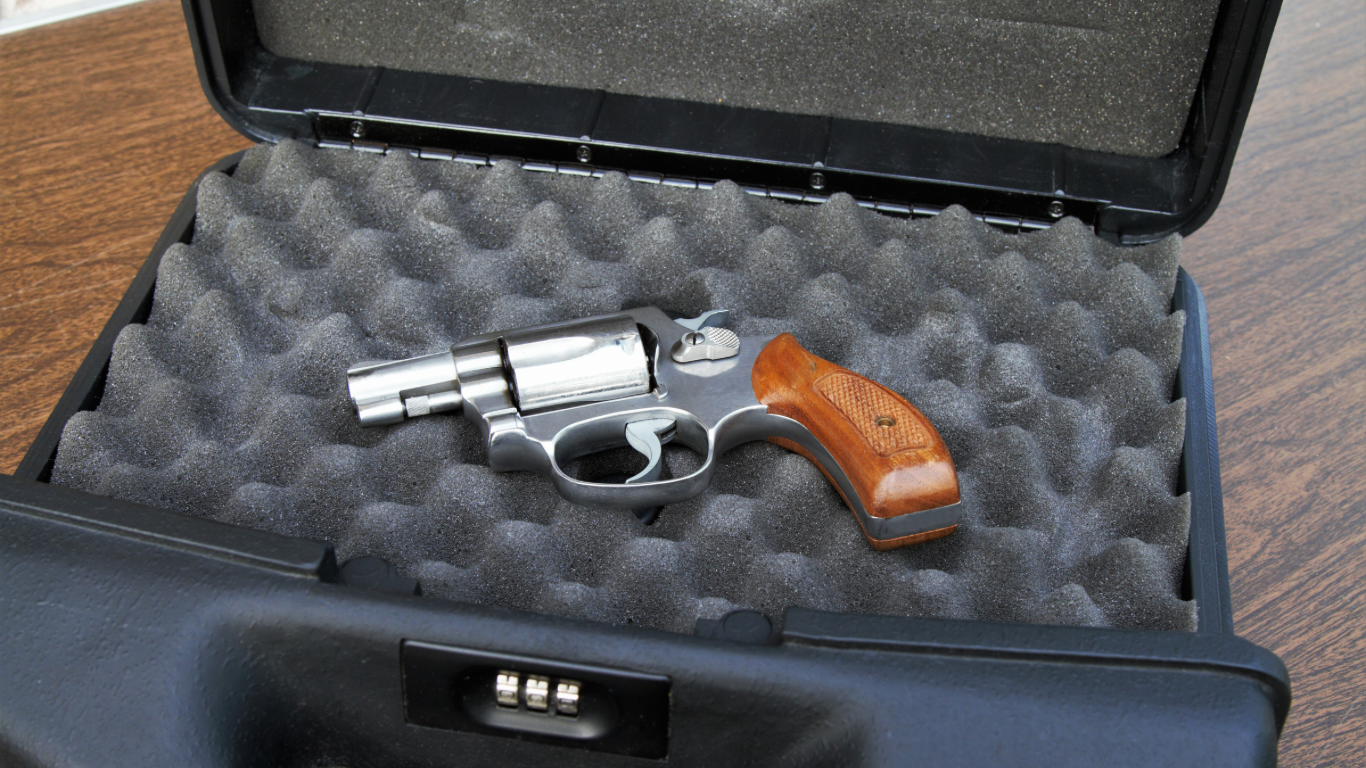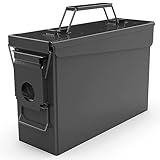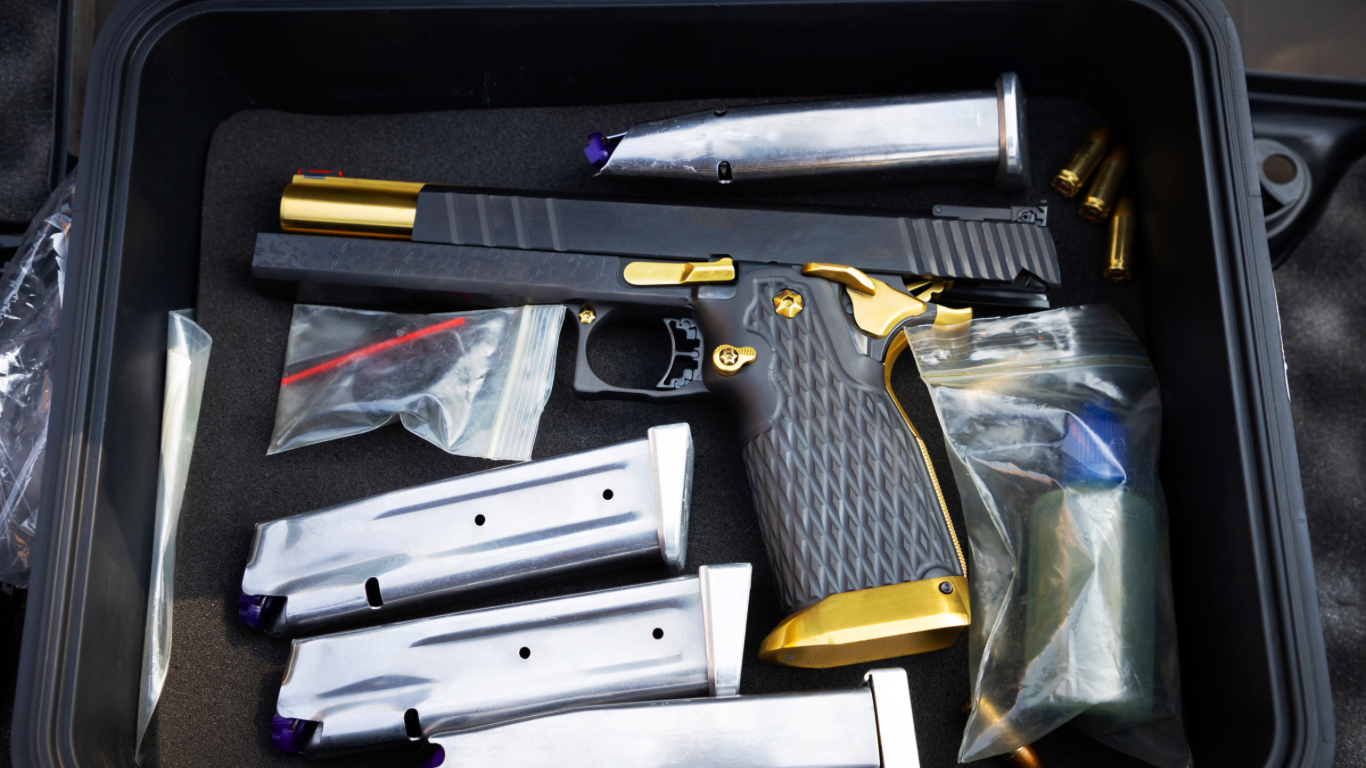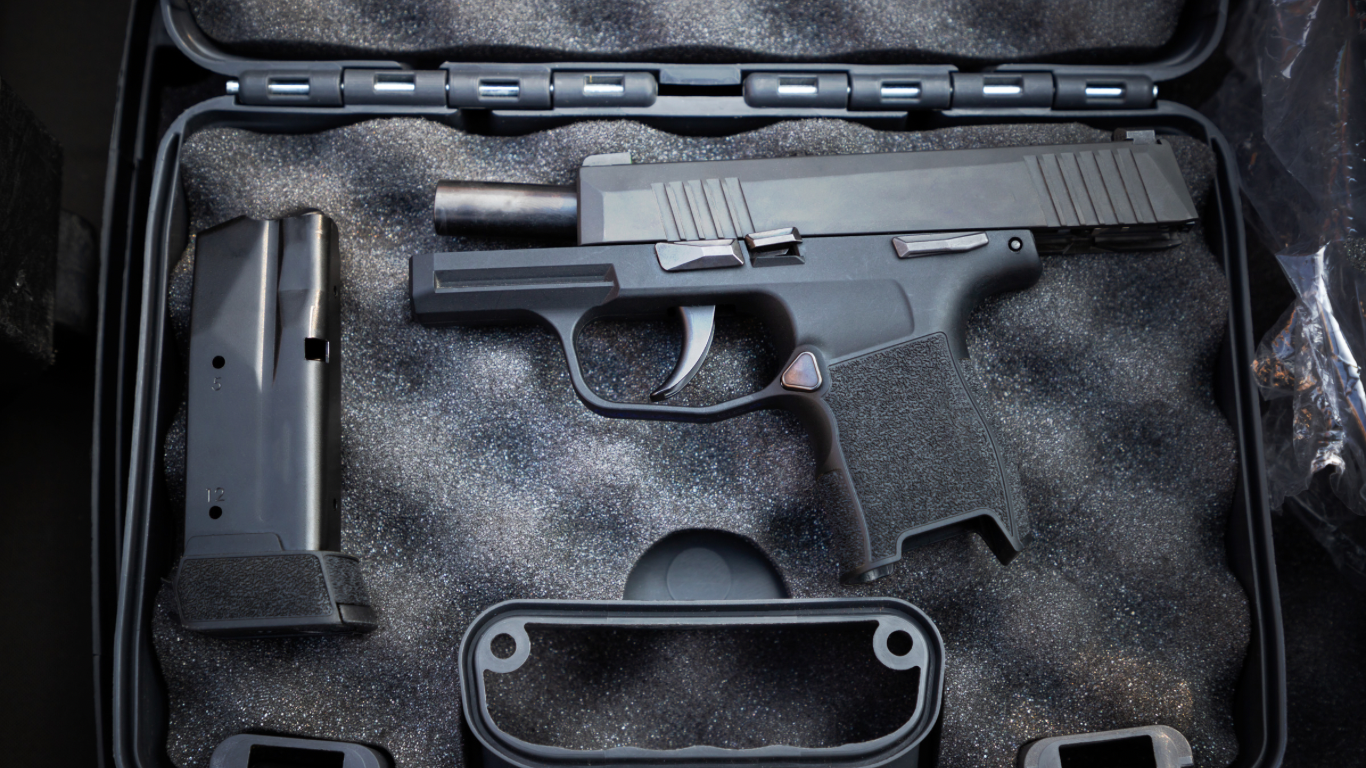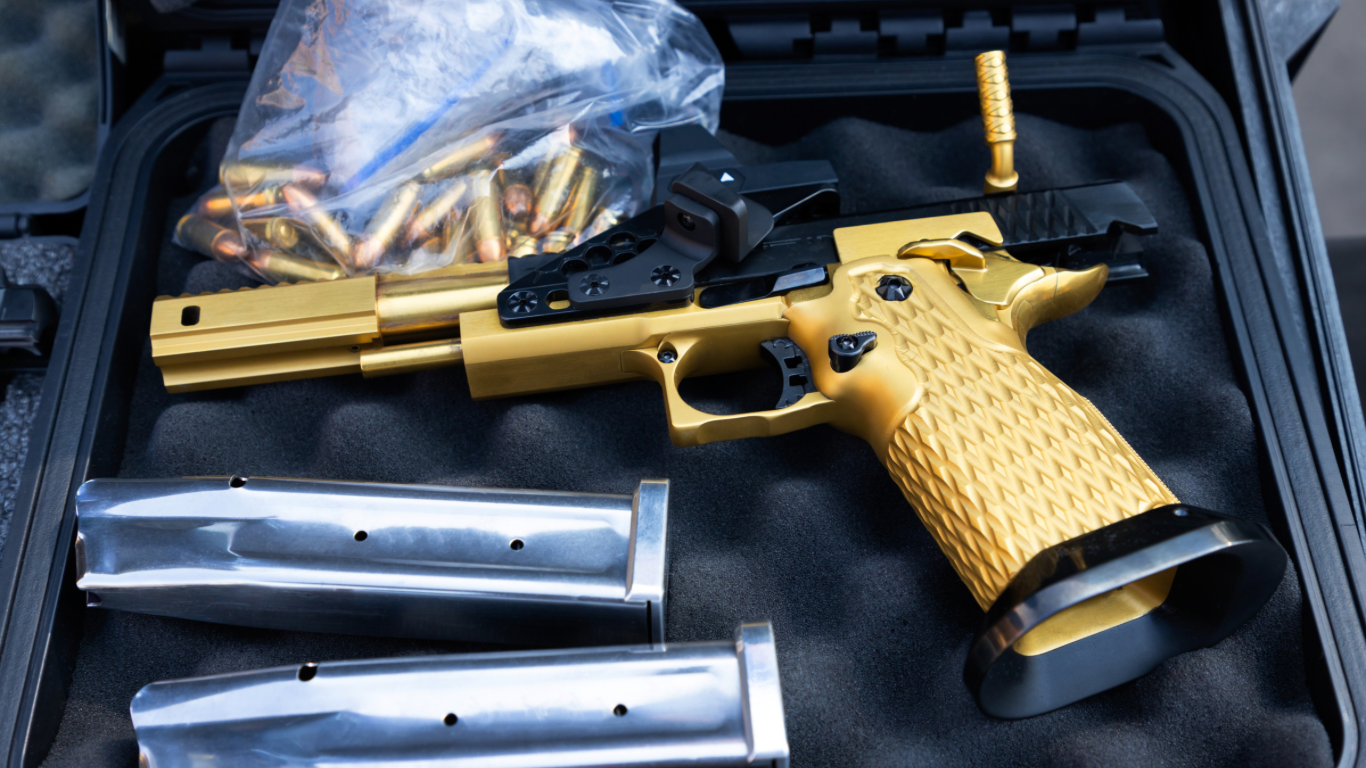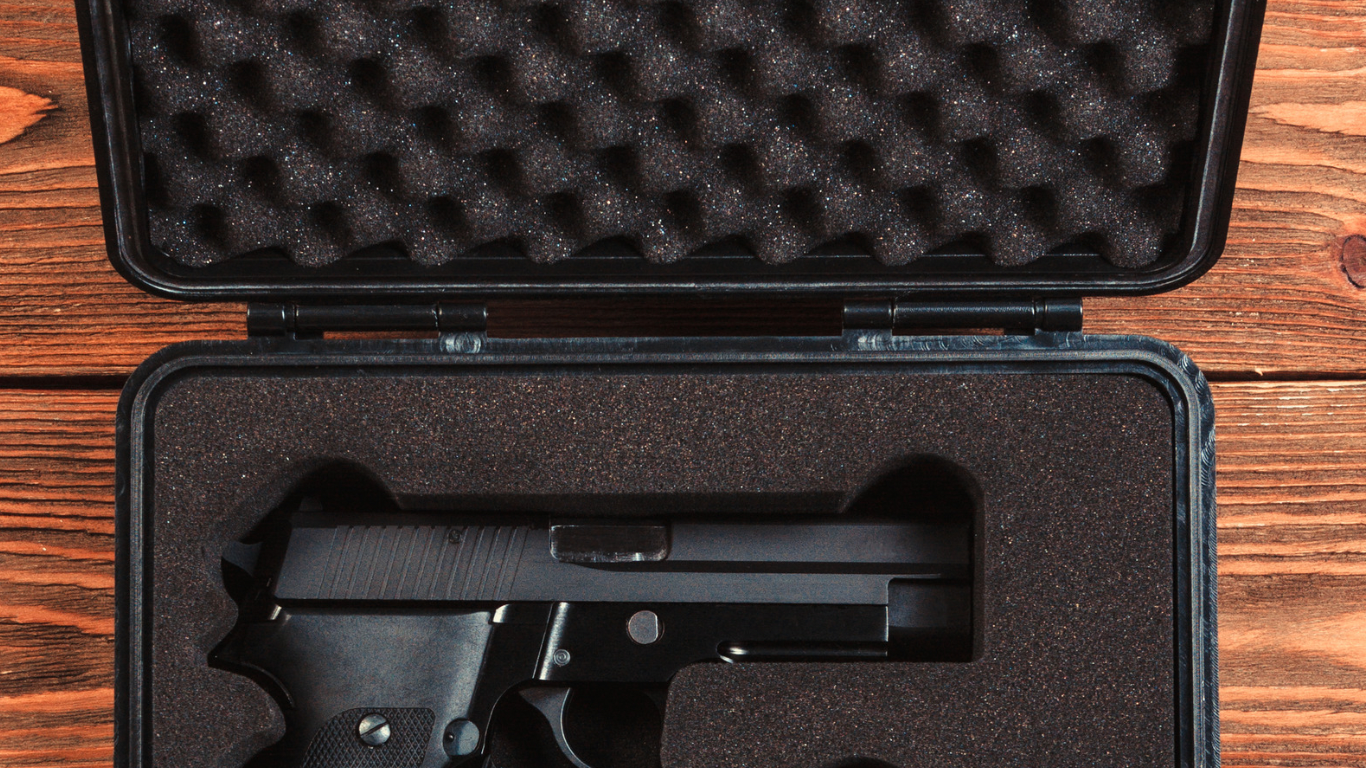The laws surrounding the transportation of guns and ammunition can be a bit confusing, especially when it comes to traveling across state lines. It’s important to familiarize yourself with these laws to ensure you’re transporting your firearms and ammunition legally and safely. In this blog post, we’ll be unpacking the truth about gun and ammo transportation, including the different laws, regulations, and requirements you need to be aware of.
Understanding Federal and State Laws
The first thing you need to do before transporting any firearms and ammunition is to familiarize yourself with federal and state gun laws. Federal law allows you to transport firearms across state lines for lawful purposes, such as hunting and shooting competitions. However, states can impose their restrictions and requirements when it comes to transporting guns and ammunition. For example, some states require you to have a valid license or permit to transport firearms, while others don’t allow certain types of firearms or ammunition in their state. Be sure to research and understand the laws of the state(s) you’ll be traveling through or staying in.
Packing and Securing Firearms and Ammunition
When transporting firearms and ammunition, it’s important to ensure they are packed and secured properly. The most common way to transport firearms is in a locked hard-sided case, while ammunition should be securely stored in a separate container. The case should be marked as containing firearms or ammunition for easier identification and to avoid any confusion. Additionally, make sure the firearms are unloaded and the ammunition is stored separately unless you have a permit to carry them.
Flying with Firearms and Ammunition
If you’re traveling by air with firearms and ammunition, you’ll need to follow additional regulations set by the Transportation Security Administration (TSA). All firearms must be declared at the check-in counter and packed in a hard-sided case. Ammunition must also be packed separately, in either the original packaging or a sturdy container. It’s best to check with your airline ahead of time to ensure you have all the proper paperwork, permits, and regulations required for flying with firearms and ammunition.
Transporting Firearms and Ammunition in a Vehicle
When traveling with firearms and ammunition in a vehicle, it’s important to follow some basic safety guidelines. Keep the firearms and ammunition out of reach and sight of anyone who shouldn’t have access to them, such as children. Additionally, never leave the firearms or ammunition in an unattended vehicle, as this can put them at risk of theft. Lastly, if you’re pulled over by law enforcement, be sure to inform them immediately that you have firearms or ammunition in the vehicle.
Seeking Professional Help
If you’re unsure about any of the laws or regulations surrounding the transportation of firearms and ammunition, it’s always best to seek professional help. There are plenty of resources available, such as local law enforcement agencies, gun shops, and lawyers who specialize in firearm law. By seeking professional help, you can ensure that you’re transporting your firearms and ammunition legally and safely.
Conclusion
In conclusion, transporting firearms and ammunition requires a bit of research and preparation, but by following the laws and regulations, you can ensure a safe and legal transport. Be sure to familiarize yourself with both federal and state laws, pack and secure your firearms and ammunition properly, follow additional regulations when flying, practice safety when transporting in a vehicle, and seek professional help if you’re unsure about anything. With these guidelines, you can have confidence in safely transporting your firearms and ammunition.
